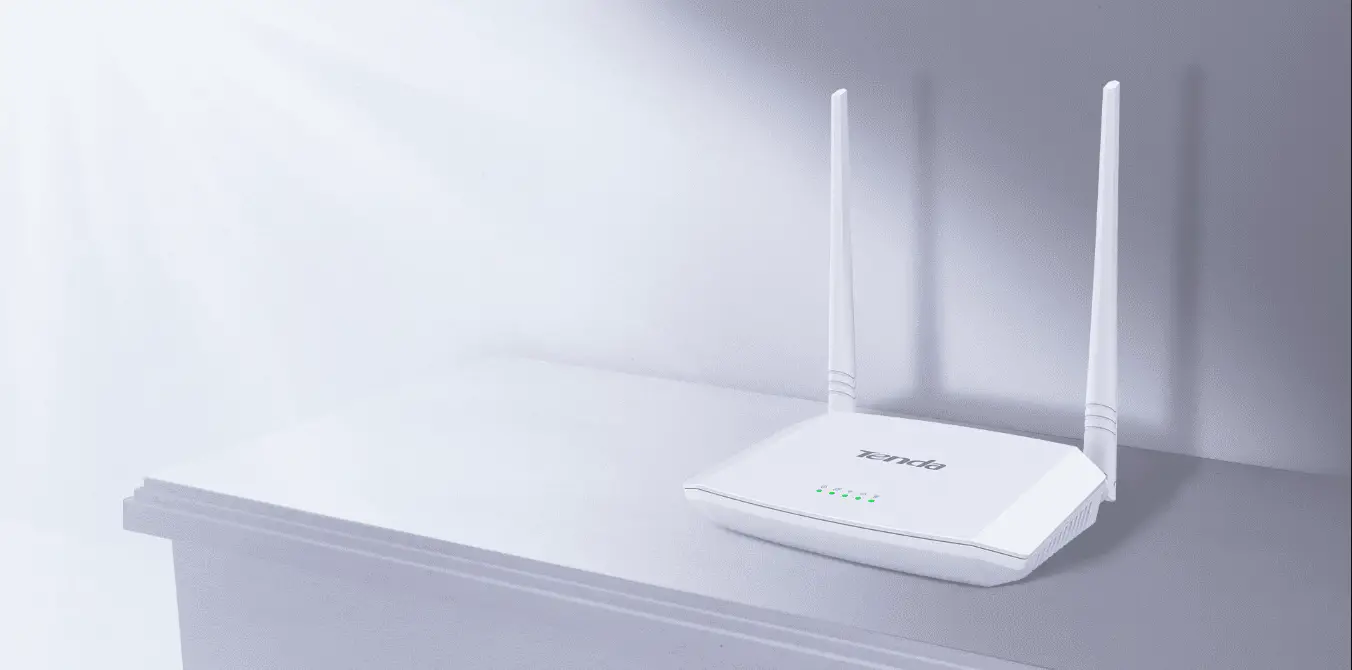CVE-2023-4498: Tenda N300 Router Authentication Bypass Vulnerability

A critical vulnerability has been discovered in the Tenda N300 Wireless N VDSL2 Modem Router that could allow an unauthenticated attacker to gain access to sensitive information.
The vulnerability, known as CVE-2023-4498, is an authentication bypass vulnerability. This means that an attacker can bypass the login process and gain access to the router’s web interface without having to know the administrator password.
To exploit the vulnerability, an attacker would need to send a specially crafted web request to the router. The request would need to include a white-listed keyword in the path. If the keyword is present, the router will serve the URL directly, without requiring authentication.

Image: Tendacn
Once the attacker has gained access to the router’s web interface, they can then view or change the router’s settings, including the administrator password. The repercussions are unsettling. This would mean that your router could potentially give away sensitive details, like the Administrative password. With this key piece of information, an attacker’s nefarious intentions could escalate, opening doors to even more sinister digital threats.
Currently, there’s no silver bullet solution to the vulnerability. If you are using a Tenda N300 router, you can protect yourself from the CVE-2023-4498 vulnerability by taking the following steps:
- To keep up, always ensure that your router is updated with the latest firmware version.
- Minimize threats by disabling both the remote (WAN-side) administration services and the web interface on the WAN of your SoHo router.
- Change the administrator password to a strong and unique password. The password should be at least 12 characters long and include a mix of uppercase and lowercase letters, numbers, and symbols.
- Use a firewall to block unauthorized traffic to the router. Your firewall can be configured to block all traffic from the internet to the router’s web interface.





